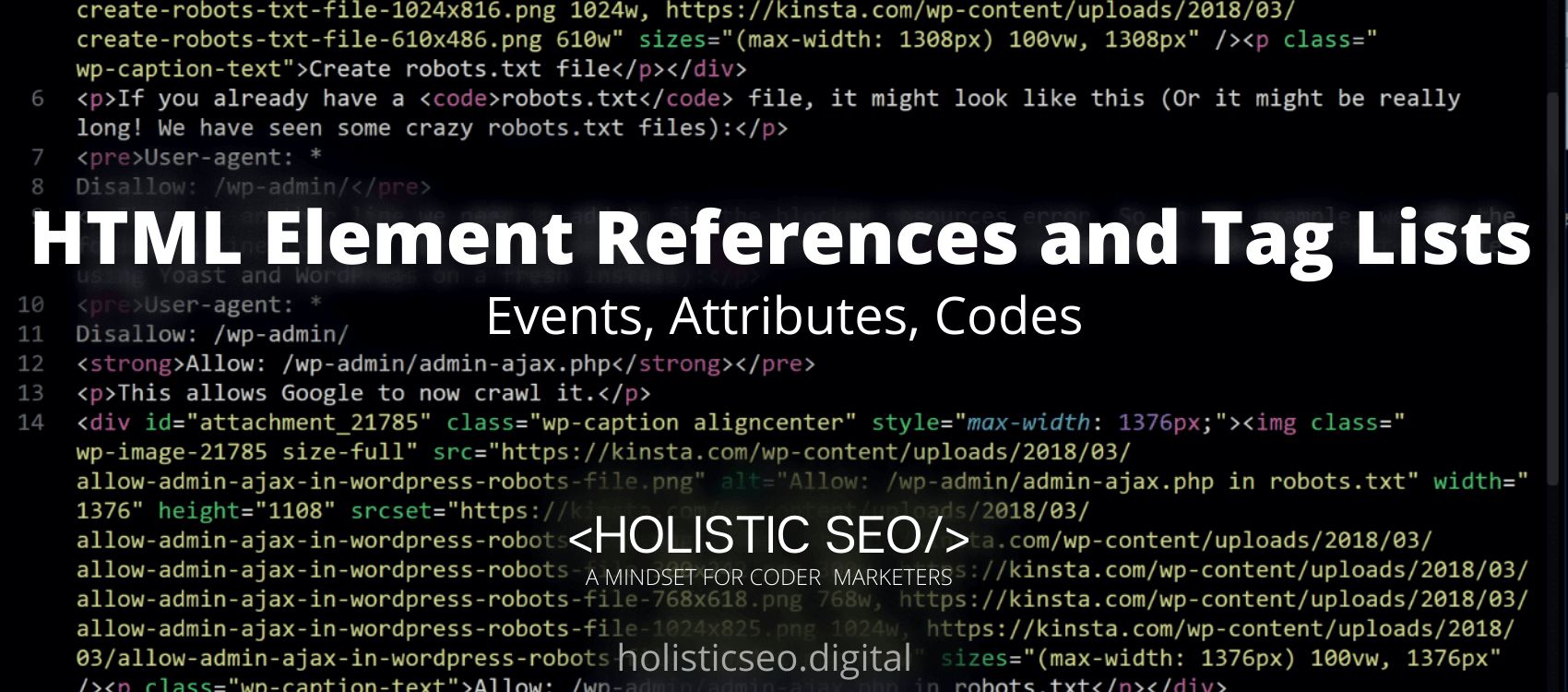The 511 HTTP Status Code means that network authentication is required. The response with the 511 Status Code indicates that the client must authorize it in order to obtain access to the network. Not the origin servers, but rather the intercepting proxies that regulate access to the network, are responsible for the generation of the 511 HTTP Status Code. Before giving access to a network, network operators may need some kind of authentication, acceptance of conditions, or other user involvement. Clients that have not completed the process are often identified by their Media Access Control (MAC) addresses. There is one method used in the 511 HTTP Status Code which is the GET method. The difference between it and the 500 HTTP Status Codes is that it is a general error response. This indicates that the server encountered an unexpected circumstance that prevented it from fulfilling the request. While the 511 HTTP Status Code are the server errors that show that there is a problem on the server’s side of things.
What does 511 HTTP Status Code Mean?
The 511 HTTP Status Code indicates that the response representation should provide a link to a site that enables the user to enter credentials for further processing (e.g., with an HTML form). It is important to note that the 511 HTTP Status Code response should not include a challenge or the login interface itself since browsers would display the login interface as being linked with the URL that was initially requested, which might create confusion and frustration. Origin servers should not produce the 511 HTTP Status Code since it is considered unsafe. The HTTP Status Code 511 is designed for usage by intercepting proxies that are used to regulate access to a network and are interposed between the client and the server. It is not permissible for a cache to hold responses with the 511 HTTP Status Code.
How to Use 511 HTTP Status Code for a Website?
To use the 511 HTTP Status Code in a site, the web developer should leverage backend tools for the webserver for scaling, efficiency, and the capacity to respond to client requests and demands immediately. The 511 HTTP Status Code with the “header” function may be used by a developer in JavaScript, Python, Ruby, PHP, Java, C#.Net, Perl, C++, Scala, and Kotlin. To use these tools, the web developers should send this HTTP/1.1 511 Network Authentication Required Content-Type: text/html as a response to the client.
How to Check 511 HTTP Status Code?
To check the 511 HTTP Status Code use the web browser network tab and developer tools for every resource that the client uses.
Which HTTP method is used with the 511 HTTP Status Code?
There is only one method used in the 511 HTTP Status Code. The GET method is used in the 511 HTTP Header Status Code. The GET is an entity correlating to the particular request of resource and is delivered in the response.
What are the Related HTTP Response Headers with 511 HTTP Status Code?
There are related HTTP Response Headers with the 510 HTTP Status Code. Below are the related HTTP Response Headers with 511 HTTP Status Code.
- 510 Not Extended HTTP Status Code: The 510 HTTP Status Code is related to the 511 HTTP Status Code because they are both server error responses. The server will need to add further extensions to the request in order to fulfill it.
- 501 Not Implemented HTTP Status Code: The 501 HTTP Status Code is related to the 511 HTTP Status Code because they are both server error responses. The server does not support the request method and cannot process it. The only methods that servers must offer are GET and HEAD.
What are the Browsers Compatibility of the 511 HTTP Status Code?
The 511 HTTP Status Code is compatible with all browsers including Chrome, Edge, Firefox, Internet Explorer, Opera, Safari, and Webview Android.
What are the other Similar Status Codes to the 510 HTTP Status Code?
There are other similar HTTP Status Codes to the 511 HTTP Status Code. The following are listed below.
- 503 Service Unavailable HTTP Status Code: The 503 HTTP Status Code is similar to the 511 HTTP Status Code because they are both server error responses. The 503 Service Unavailable HTTP Status Code indicates that the server is unable to handle the request.
- 504 Gateway Timeout HTTP Status Code: The 504 HTTP Status Code is similar to the 511 HTTP Status Code because they are both server error responses. The 504 Gateway Timeout HTTP Status Code indicates that the error response is delivered when the server is acting as an entrance and is unable to get a response on time.
- 505 HTTP Version Not Supported HTTP Status Code: The 505 HTTP Status Code is similar to the 511 HTTP Status Code because they are both server error responses. The 505 HTTP Version Not Supported HTTP Status Code is the HTTP form used in a request that the server does not support.
- 506 Variant Also Negotiates HTTP Status Code: The 506 HTTP Status Code is similar to the 511 HTTP Status Code because they are both server error responses. The 506 Variant Also Negotiates HTTP Status Code indicates that the server has an internal design flaw: the selected variation asset is set up to take part in the uncomplicated content transfer itself, and hence is not a legal endpoint in the exchange interaction.
- 48 Online Shopping and Consumer Behavior Statistics, Facts and Trends - August 22, 2023
- B2B Marketing Statistics - August 22, 2023
- 38 Podcast Statistics, Facts, and Trends - August 22, 2023


